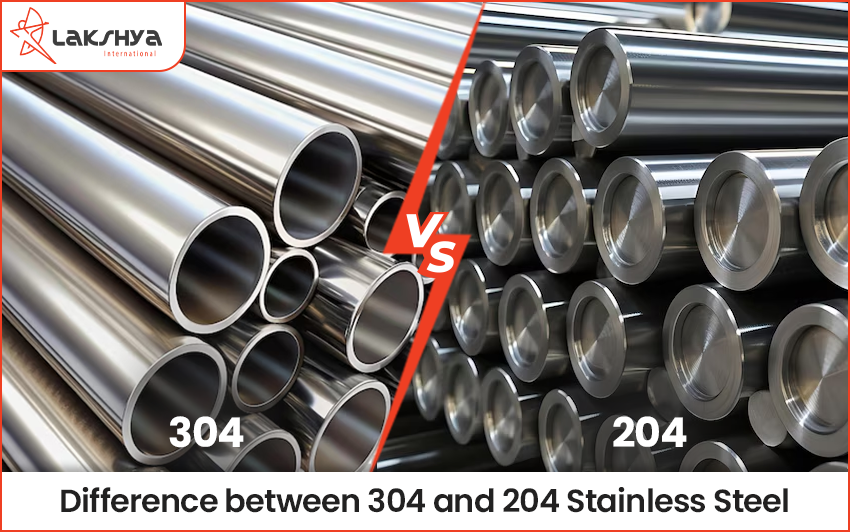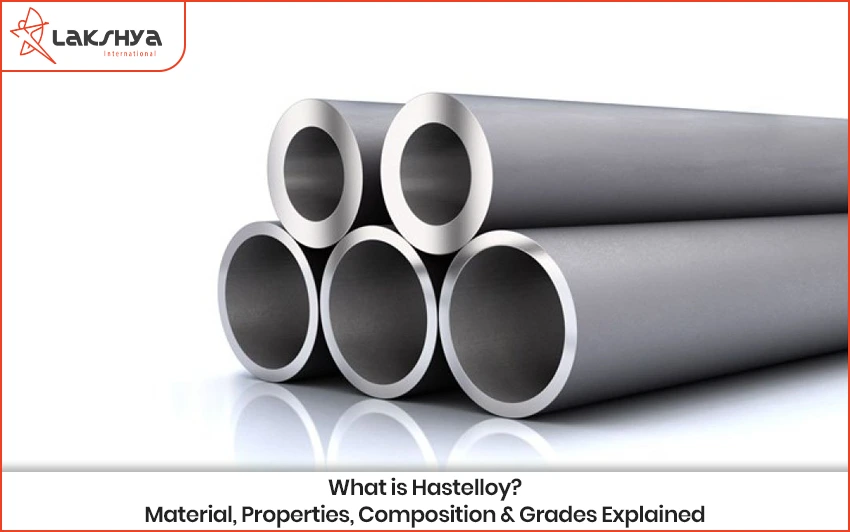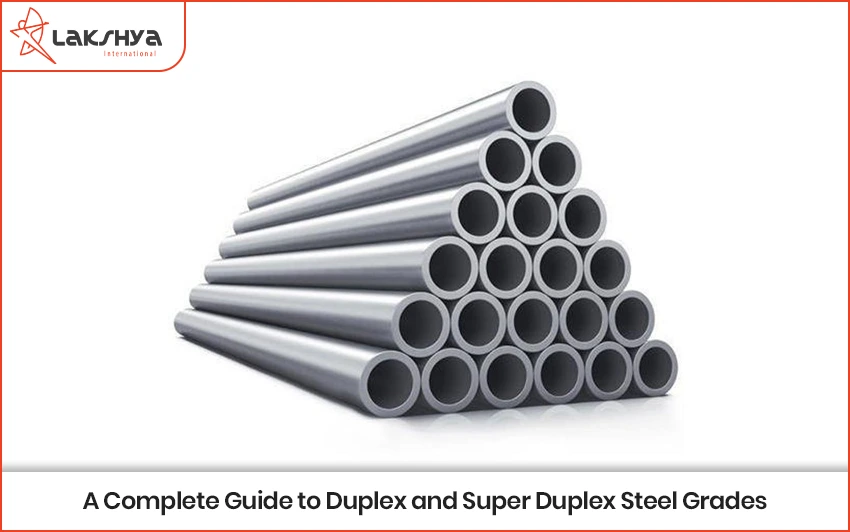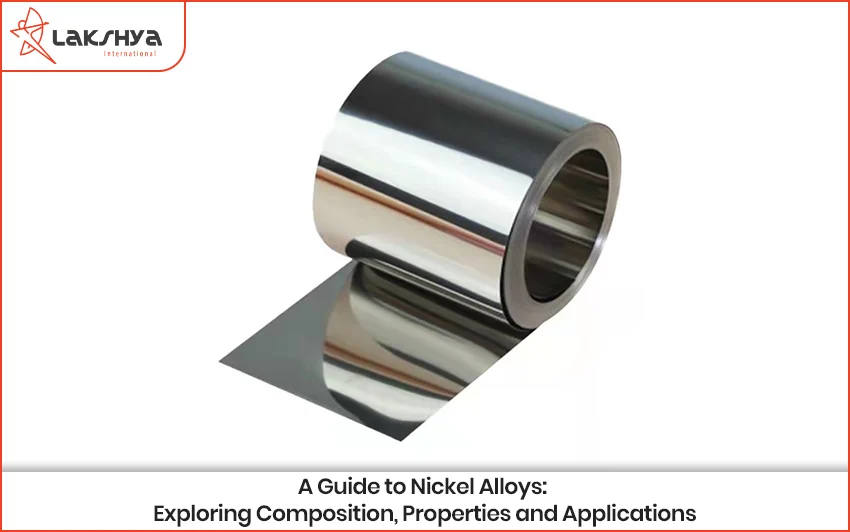Stainless Steel 204 vs 304 – What’s The Difference?
The nickel content varies significantly between these two grades, which is the main factor distinguishing their mechanical, physical, and chemical properties. 204 stainless steel can contain up to 18% chromium and 0.5% nickel, while 304 stainless steel can have up to 20% chromium and 10% nickel, making the nickel content in 304 almost 20 times higher. Additionally, the levels of silicon, phosphorus, sulfur, and molybdenum can differ according to specifications. These compositional differences lead to variations in corrosion resistance and suitable applications. Another notable difference is the manganese content; 304 stainless steel has up to 2% manganese, whereas 204 stainless steel can contain up to 5% manganese.
How to Identify 204 vs 304 Stainless Steel?
Both 204 and 304 stainless steels are austenitic and exhibit non-magnetic properties, making them visually similar. However, when exposed to corrosive agents, the 204 grade corrodes more quickly. For instance, when subjected to saltwater, rust or stains can develop faster on the 204 grade than on the 304 grade.
A simple way to differentiate the two is through a spark test; grinding 204 stainless steel produces yellowish-red sparks due to its lower nickel content, while 304 stainless steel generates more reddish sparks that travel farther. Additionally, magnetic spot tests and other laboratory methods can accurately identify the material grade. Product markings can also provide valuable information regarding the specific grade of stainless steel.
Grade 204 vs 304 Stainless Steel Corrosion Resistance
Since 204 stainless steel has lower nickel content, it is less corrosion-resistant compared to 304 stainless steel. The 304 grade offers excellent corrosion resistance and toughness, making it suitable for various applications, including kitchenware, home utensils, and industrial uses in the oil and gas, petroleum, petrochemical, water lines, construction, and automotive industries.
In contrast, 204 stainless steel serves as a more economical alternative where corrosion resistance is less critical. However, this grade exhibits better ductility but lower toughness due to its reduced nickel content and the higher manganese levels in its composition.
Difference between SS 204 and 304 Material Price
Nickel is expensive, and since 304 stainless steel contains about 10% nickel—while 204 stainless steel has much less—204 is the cheaper option. If saving money is the main goal and corrosion resistance isn’t a big concern then 204 stainless steel is a good choice.
On the other hand, 304 stainless steel is used when more strength, corrosion resistance, and durability are needed, though it costs more. At Lakshya Steel, we offer competitive prices on both 204 and 304 stainless steel to suit your needs.
Enquire now about your stainless steel 204 vs 304 requirements! Get your custom quote today!
204 and 304 Stainless Steel Weldability
Both 204 and 304 stainless steels can be welded using traditional welding methods. However, 304 stainless steel is generally easier to weld due to its above toughness. While 204 stainless steel can also be welded effectively, it is somewhat less straightforward than 304. As a result, 304 stainless steel is often the preferred choice for applications that involve extensive welding procedures, ensuring strong and reliable welds in demanding environments.
Stainless Steel 204 vs 304: Chemical Composition
|
Grade |
C |
Mn |
Si |
P |
S |
Cr |
Mo |
Ni |
N |
|
|
304 |
min. |
– |
– |
– |
– |
– |
18.0 |
– |
8.0 |
– |
|
max. |
0.08 |
2.0 |
0.75 |
0.045 |
0.030 |
20.0 |
10.5 |
0.10 |
||
|
204 |
<=0.10 |
6.50-8.50 |
<=2.00 |
<=0.040 |
<=0.015 |
16.00-18.00 |
<=1.00 |
<=2.00 |
N(ppm) 1500-3000 |
|
Conclusion
Choosing between Grade 204 and Grade 304 stainless steel depends on your specific application needs and budget considerations. Understanding the differences between these grades is crucial for making an informed decision. Grade 304 offers higher durability, better corrosion resistance, improved magnetic properties, and a brighter finish. While it may come at a higher cost, it can provide greater long-term value in applications where these benefits are essential. Ultimately, it’s important to assess your project’s specifics, including budget constraints and desired performance characteristics, to determine which grade best meets your requirements.
For more insights into the differences between 304 and 204 stainless steel and their specific applications, explore our resources. For expert guidance and customized solutions, reach out to us today.
FAQ’s
Will 204 stainless steel rust?
Yes, 204 stainless steel can rust, particularly in harsh or corrosive environments. Its lower nickel content makes it less resistant to corrosion compared to 304 stainless steel.
Is 304 steel rust proof?
304 stainless steel is highly resistant to rust and corrosion, but it is not entirely rust-proof. Under harsh conditions or prolonged exposure to corrosive agents, it can still develop rust over time.




